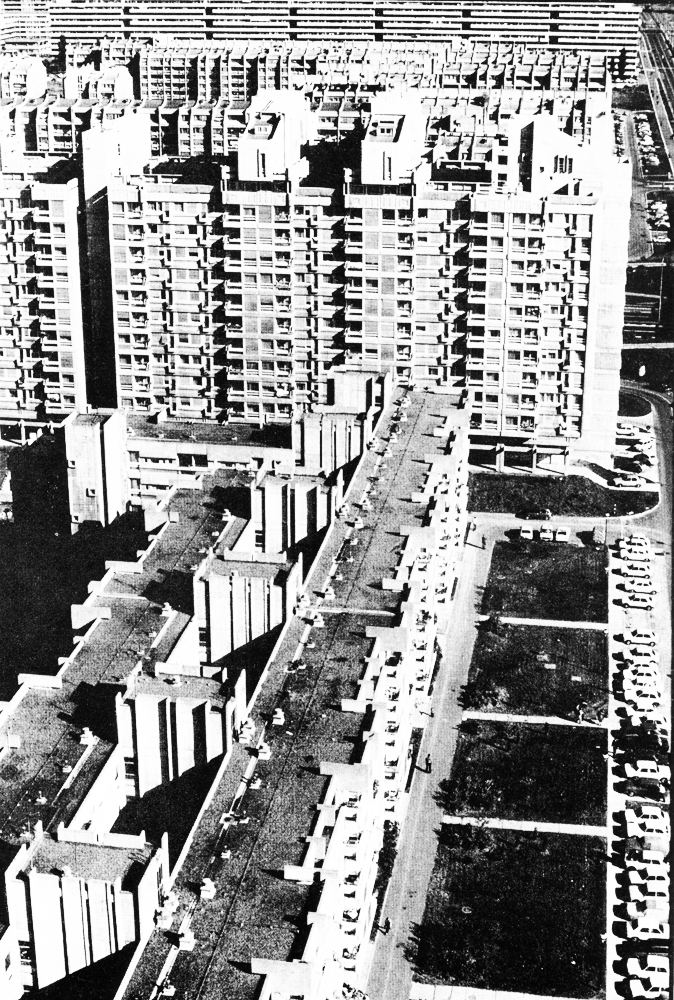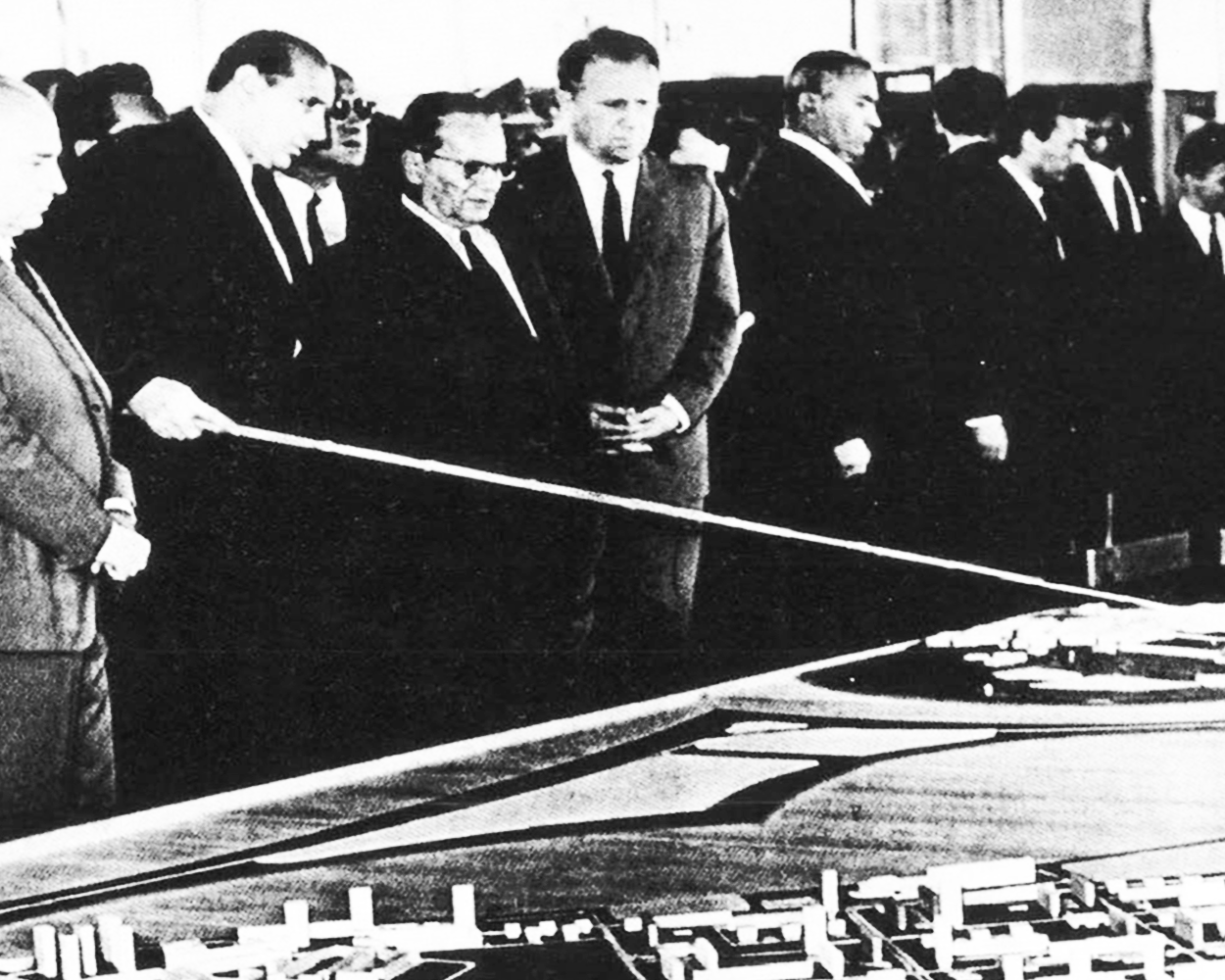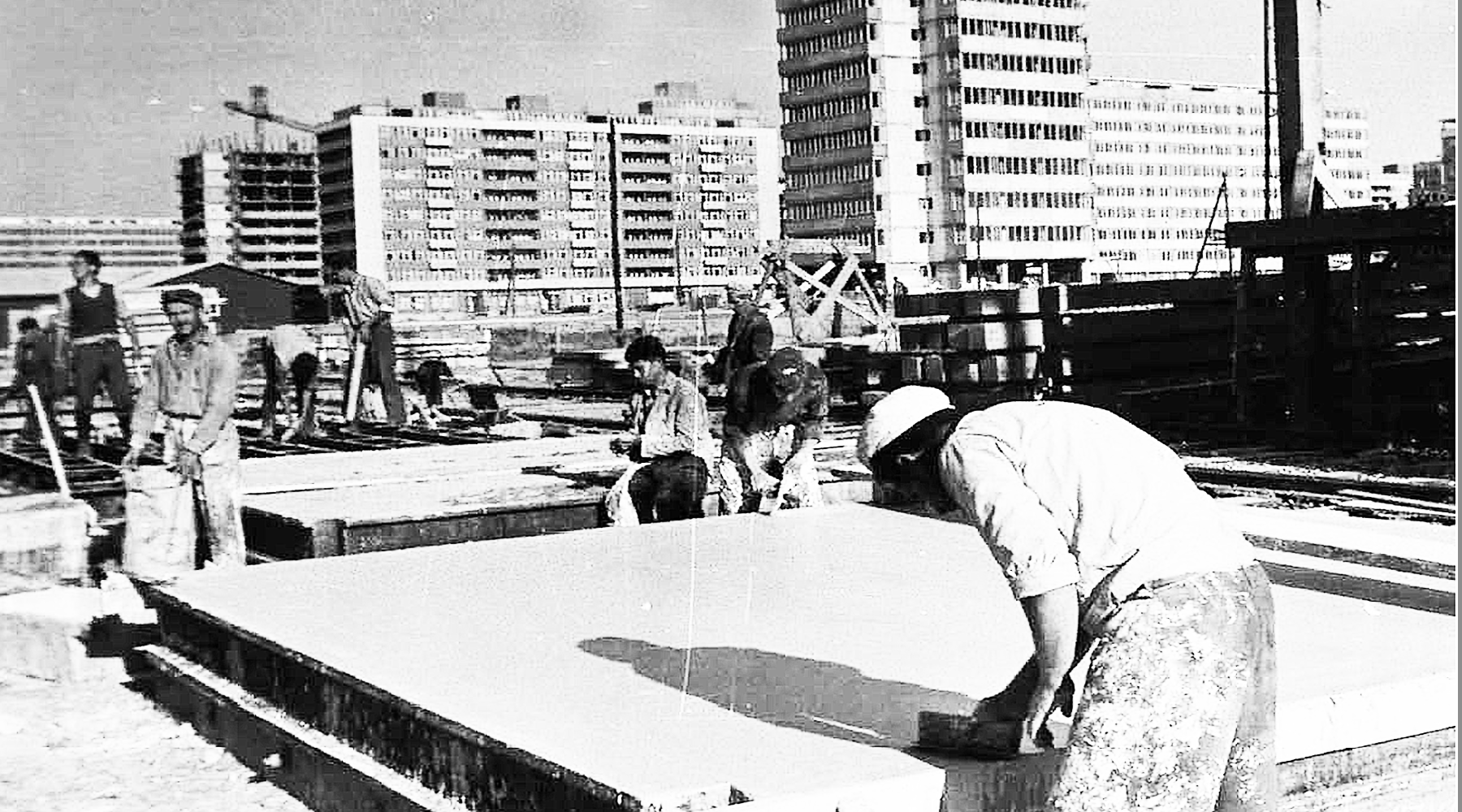Jelica Jovanović 2014
Mass Housing of South-Eastern Europe- Housing programs in SFR Yugoslavia
Possibilities for Sustainable Restoration of the Second Half of the 20th century Mass Housing of South-Eastern Europe
Housing programs in SFR Yugoslavia. Prefabricated & industrialized building. Possibilities for rehabilitation, conservation and bioclimatic sanitation.
After years of negligence, the housing stock of former Yugoslavia is recognized as valuable both by international and local professional organizations. Owing to the state policy of favoring the mass, collective and multifamily housing typologies (as opposed to individual), the post-war mass housing made the largest stock of the former Yugoslav cities over long ways of the second half of 20th century. Today, this architecture is dispersed across the whole region, having common background and common problems. The planning regulations of the housing construction were heterogeneous and poorly coordinated when the construction volume was peaking in 1960s and 1970s – even the cities of the same republics did not apply the same set of design and equipment standards. Today, the problem of the protection of these structures needs to be addressed, since it is a challenge even for the experienced offices for the preservation of historical monuments. The goal of this thesis would be to locate the most important and resilient examples of each of the former republics and provinces and to investigate what are the options for their preservation.



